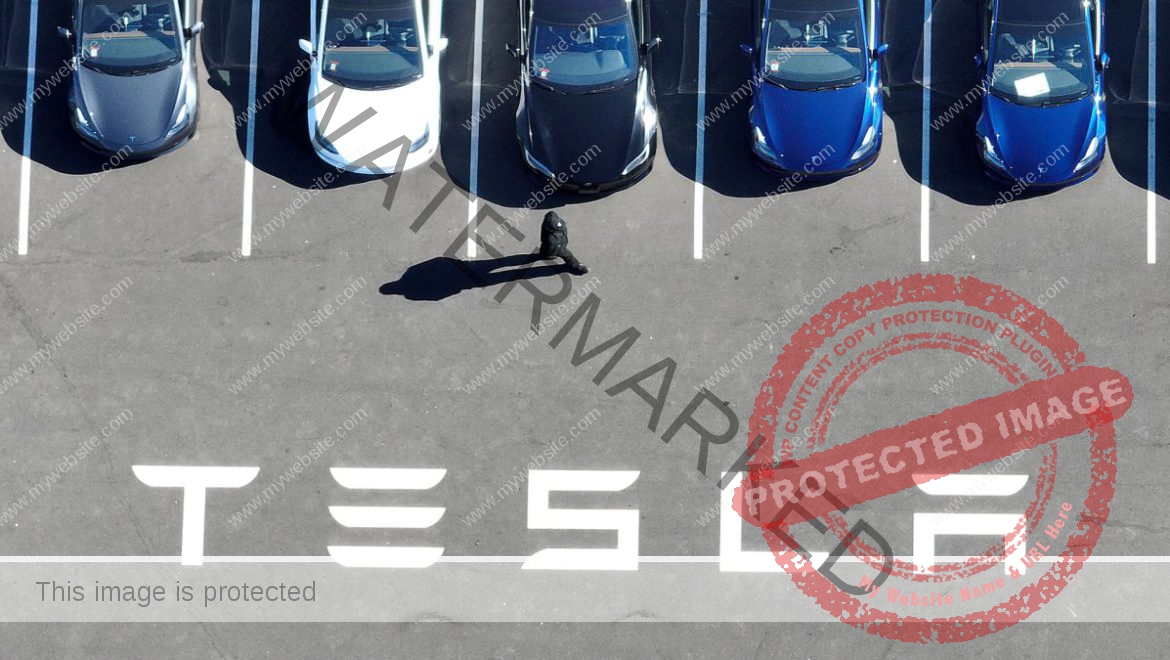Apple CEO Tim Cook didn’t give much away about the company’s AI plans on Thursday’s Q2 earnings call with investors, but he did confirm a few tidbits about how the tech giant plans to move forward with artificial intelligence.
Notably, his comments suggested that despite spending more than $100 billion on R&D over the last five years, Apple isn’t planning to spin up too many new data centers to run or train AI models. Instead, when it comes to AI, it will continue to pursue a “hybrid” approach, as it does with other cloud services, the company told investors.
AI will span devices beyond the iPhone
We also learned that Apple envisions AI as a key opportunity across the “vast majority” of the company’s device lineup, not just the iPhone. While we’ve known this for some time — after all, Apple has been calling its M3 MacBook Airs the “best consumer laptop for AI” — the company shouted out how AI is being used across its products on its earnings call.
“I think AI — generative AI and AI — both are big opportunities for us across our products, and we’ll talk more about it in the coming weeks. I think there are numerous ways there that are great for us, and we think that we’re well-positioned,” Cook said.
In addition to the MacBook Air, the Apple Watch uses AI and machine learning in features like its irregular heart rhythm notifications and fall detection, Cook noted. And when speaking about the enterprise, the CEO referenced big companies buying and exploring the use cases for Vision Pro, though he added that he wouldn’t want to “cabin that to AI only.”
“I would just say that we see generative AI as a very key opportunity across our products. And we believe that we have advantages that set us apart there,” Cook said.
AI won’t likely come up at the iPad event this month
However, customers itching to have an AI-powered Siri will have to wait a bit longer for that news, which has long been expected to be announced at Apple’s Worldwide Developers Conference (WWDC) in June. When Cook was asked Thursday about how AI will affect consumer demand for new devices like iPhone, he responded that, with regard to generative AI, we wouldn’t see any impact “within the next quarter or so,” but said he was “extremely optimistic” about the technology.
Apple isn’t planning to make its bigger AI announcements before WWDC.
This discovery came about through a correction to a CNBC news story, which had misinterpreted a statement Cook made to seemingly indicate there would be “big plans to announce” from an “AI point of view” at both upcoming events, including next week’s iPad event and WWDC in June. But as subsequent corrections show (likely after a lashing by a frantic Apple comms team), Cook had paused before saying “… from an AI point of view …” which was the start of his next thought and not connected to Apple’s plans for both events.
The story was updated with this correction so people didn’t think AI news would be announced at the iPad event scheduled for May 7. (You can read through the backstory on the corrections here on 9to5Mac.)
While we didn’t expect to hear much if anything about AI until at least WWDC, this correction basically confirms that timing.
Apple is taking a hybrid approach to AI investments
The biggest AI news, however, is something Cook said about Apple’s CapEx expenditures, which are funds spent on fixed assets, like servers and data centers, real estate and more.
While that’s not often the most interesting subject, this time the company’s response hinted toward Apple’s AI investment plans. As technology investor M.G. Siegler pointed out on his blog, Apple CFO Luca Maestri had answered a question about generative AI’s impact on Apple’s historical CapEx cadence by explaining that Apple pursues a hybrid model, “where we make some of the investments ourselves, in other cases we share them with our suppliers and partners …”
Plus, he added, Apple does “something similar on the data center side. We have our own data center capacity and then we use capacity from third parties.”
“It’s a model that has worked well for us historically, and we plan to continue along the same lines going forward,” Maestri said.
Siegler interpreted this to mean that Apple won’t need to spend on CapEx because Apple isn’t planning to immediately build and train LLMs (large language models) on its own servers.
And, if you squint a little, it could also be another signal that Apple could be looking at third parties to power its AI services. As Bloomberg reported in April, Apple has been holding discussions with ChatGPT maker OpenAI and Google to power an AI chatbot coming in an iOS 18 update.
With Apple confirming that its CapEx wouldn’t be affected by its near-term AI plans, it’s likely that Apple is planning to forge some sort of deal with partners for AI services in addition to what it can handle on-device and by itself. Whether Apple eventually shifts the balance to utilize more of its own servers and data centers over time still remains to be seen.















